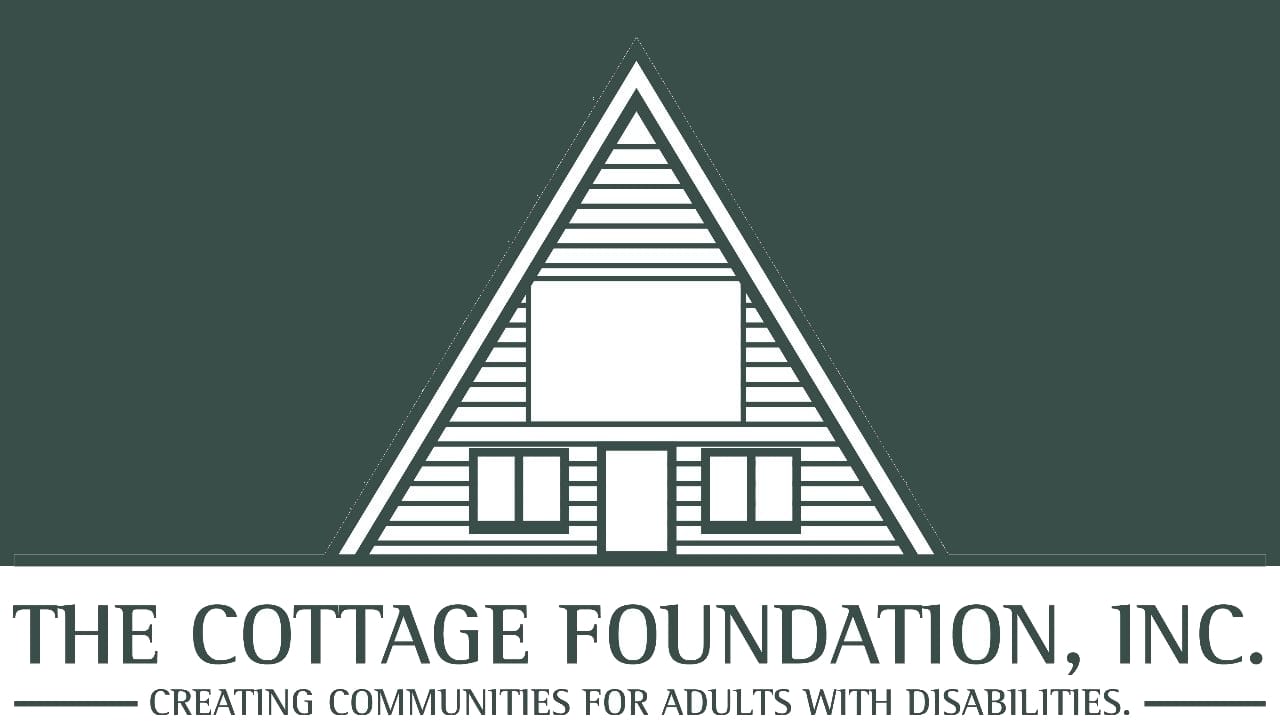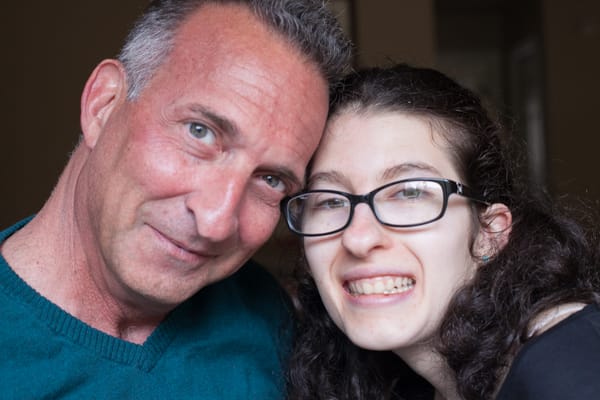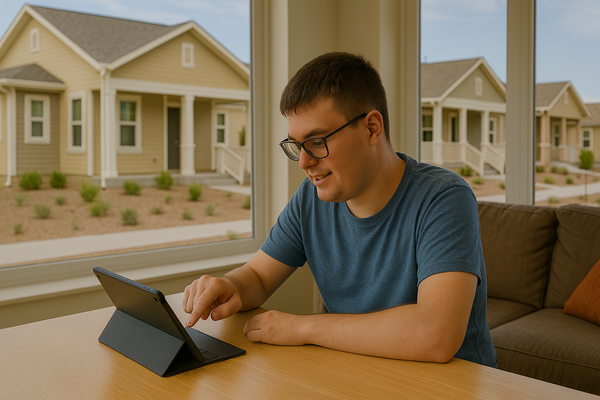Where Will She Live When I’m Gone?

I asked myself that question a lot.
My daughter has intellectual and developmental disabilities. She’s smart, funny, stubborn, and full of life. Like many adults with I/DD, she’ll always need some level of support. But more than anything, she deserves what we all want—a place to call her own. A home. A community. A life with dignity.
Years ago, when I realized that no such place existed in our city, I did something most people wouldn’t: I built one. Literally. It’s called Luna Azul, a neighborhood in Phoenix designed specifically for adults with disabilities who want to live independently—but not alone. It was a massive effort. Risky. Exhausting. Financially terrifying. But we did it. And it works.
Now, families from across the country are asking: How can we do this too?
And the truth is—most of them can’t. Not without help.
A National Crisis, Hidden in Plain Sight
There are 7.5 million adults with I/DD in the U.S. (University of Minnesota, RISP, 2023). And more than 60% of them still live at home with a parent or sibling (The Arc, 2023). That might sound okay—until you realize that 850,000 of those caregivers are over 60 years old.
They won’t be around forever.
Most families have no housing plan in place. Not because they don’t care. Rather, because there are so few options. Supportive housing programs have decade-long waitlists. Group homes can feel institutional. Inclusive communities are rare, expensive, or oversubscribed. HUD’s Section 811 program, designed to help, reaches fewer than 0.5% of people with disabilities nationwide.
Caregivers Are Burning Out
A 2023 Easterseals study found that:
- 70% of caregivers for adults with disabilities feel overwhelmed.
- 45% leave jobs or reduce hours to provide care.
- Many have no formal plan for where their loved one will live when they’re gone.
We are quietly heading toward a cliff—and millions of families know it.
We Know What Works—We Just Haven’t Built It Yet
Luna Azul isn’t the only example. Projects like:
- Sweetwater Spectrum in California,
- Main Street in Maryland,
- Our Place Residential in Nevada,
- CASA Familia in Florida, and
- The Kelsey in San Francisco and Los Angeles,
… are all proving that with the right mix of design, support, financing, and community partnerships, people with I/DD can thrive in homes of their own.
What’s missing isn’t the blueprint. It’s the funding, policy alignment, and urgency to scale these models across the country.
What We Need Now
If you're reading this as a philanthropist, developer, policymaker, or civic leader, here’s what we need from you:
- Philanthropic capital to unlock and de-risk housing projects—especially when paired with tools like Low-Income Housing Tax Credits (LIHTCs), which can finance up to 70% of a project’s cost when structured correctly.
- Policy changes to expand supportive housing, Medicaid-funded services, and housing vouchers for people with I/DD.
- Private developers and lenders willing to partner with families and nonprofits to create inclusive, replicable models—co-ops, rentals, ownership, and more.
- Vision and urgency—because we don’t have another decade to wait.
Let’s Not Wait for a Crisis
I built Luna Azul because I had to. But we shouldn’t need personal crises to spark action. This is a solvable problem. The need is massive, the numbers are clear, and the right tools exist—we just haven’t aligned them at scale.
If we don’t act, families will keep aging out, burning out, or falling apart. And adults with disabilities will be left in institutions, ERs, or worse.
We can build something better.
Not someday. Now.
If you want to help—or know someone who can—reach out. Let’s build homes worth living in, together.




